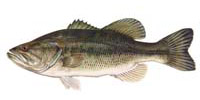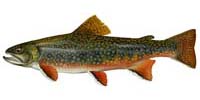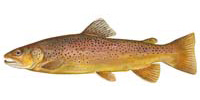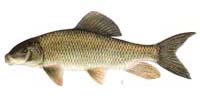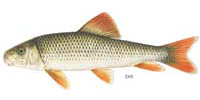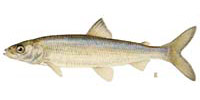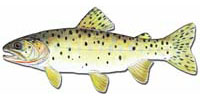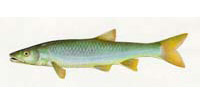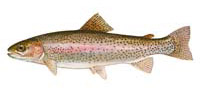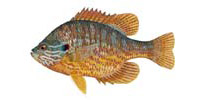Bitterroot River has become one of the best-known rivers in western Montana for trout fishing. The rainbow trout here are plentiful and are the primary draw for local fishermen. In the upper portion of the river, you can alsofind brown trout. The trout here only grow to be average-sized, but there are plenty of them to catch. The river’s popularity means that it can getcrowded during hatches, but the crowd dies down a bit in the fall. The best part about Bitterroot River is the large number of bugs that hatch here from March to November. During this time, you’ll noticean abundance of mayflies, stoneflies, and caddis. These bugs help make the Bitterroot River an excellent location for dry fly fishing. It may even be the best fly fishing river in all of Montana.
The Bitterroot River is unusual in that it flows south to north. Running through the scenic Sapphire Mountains, it is a freestone river that averages about 700 trout per mile. Though this river can be over 125 feet wide in places, its average depth is only about three feet. This means that the river wades like a small stream and is quite easy to cross. This shallow average depth can interfere with float trips; most guides prefer rafts to avoid drag, rocks and other impediments. Bitterroot has a reputation for being a challenging fishing ground – some days yielding only a couple of catches.
Bitterroot River begins in Conner, Montana and flows north 84 miles until it joins the Clark Fork. The river is divided into “upper” and “lower” sections separated by the Bell Crossing. The upper section has more riffles and pools. The lower section is a very different fly-fishing experience, with long flat glides separated by large riffles.
Spring fly-fishing on the Bitterroot begins as early as February 25. Runoff starts in late April. Early season fly fishing hatches include enormous skwala stonefly hatch, along with Nemouras, Blue-Winged Olives and Western March Browns. Floating from slough to slough can provide some early clear waters and exciting fishing opportunities for those who are willing to paddle through faster currents. However, guides warn that the Bitterroot can be a dangerous river, with fast, roiling waters coming on unexpectedly, so keep your eyes on the water and your hands on your oars.
In the summer, multiple hatches make this a dry fly angler’s dream come true, especially since the Bitterroot gets less fishing and floating pressure than other Montana rivers. The water level drops significantly in August, and the fish in the lower section become picky, as they have plenty of time to examine flies. The upper river is easier to fish in this season, using hoppers and other terrestrials. Fish during early mornings and near dark, as daylight heat will drive fish to ground.
Fishing action on the Bitterroot River really comes to life after the start of September rains. Blue Winged Olives, October Caddis and Mahoganies appear. But as winter approaches and hatches are fewer, nymph fishing is the preferred technique.
Bitterroot RIver Fish:
Bitterroot RIver boat ramps:
The following boat ramps provide access to Bitterroot RIver.


